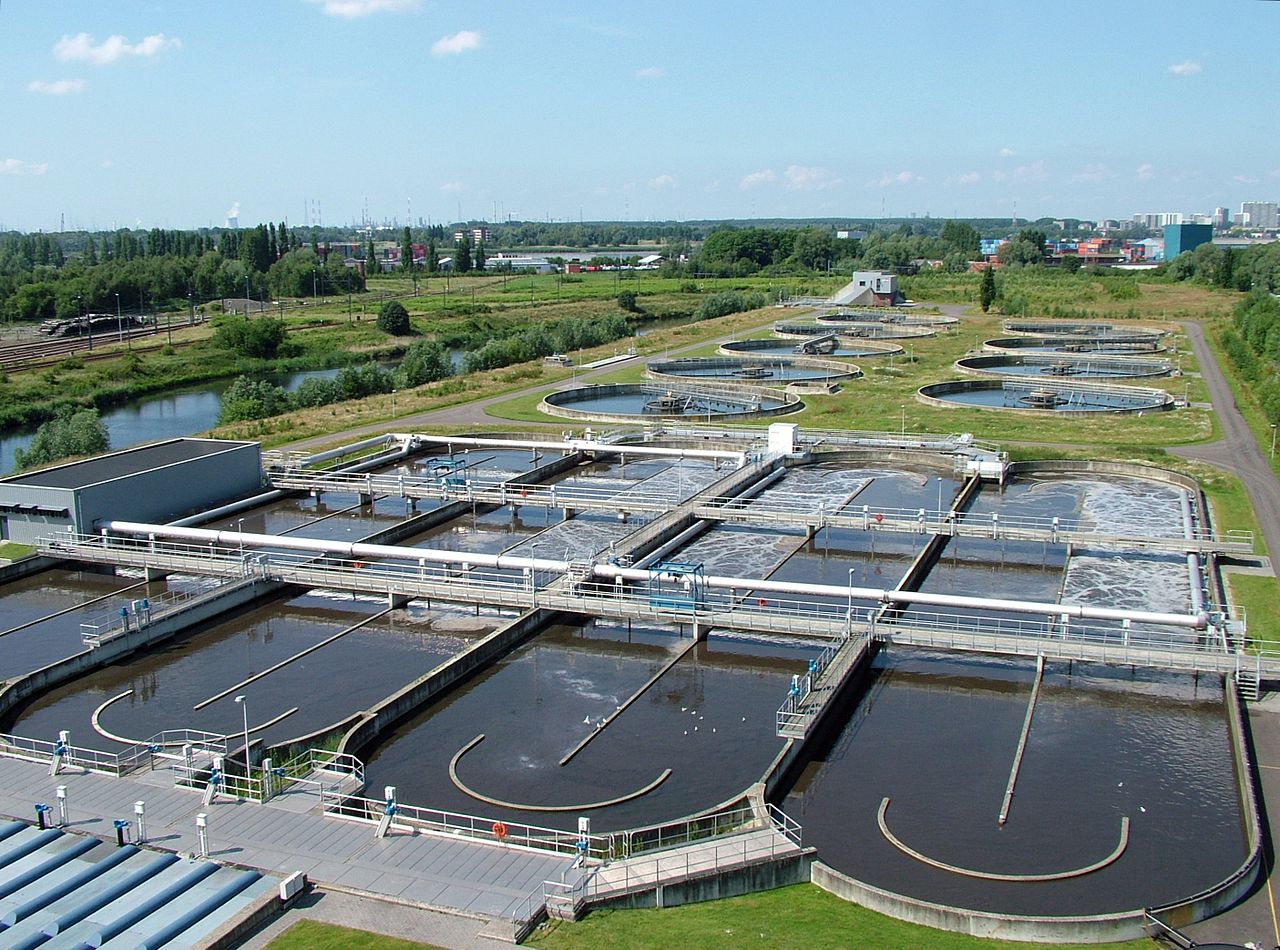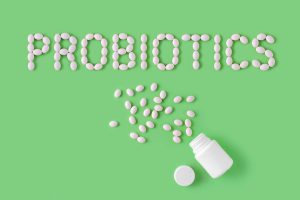Probiotics application in wastewater treatment

Waste water treatment using Probiotics:
Probiotics are live beneficial micro-organisms applied to a complex system or environment to improve efficiency, health and vitality in humans, animals, plants and the overall ecosystems including industrial activities. Probiotics help to implement cost-saving waste water treatment projects in various industries. Application areas for such projects include sewage treatment, industrial effluent treatment, treatment of contaminated water bodies, remediation of soils contaminated with toxic wastes, treatment of solid waste, treatment of organic waste, odour control, oil/grease removal, organic horticulture, organic agriculture, aquaculture and many more. Probiotics are live beneficial micro-organisms applied to a complex system or environment to improve efficiency, health and vitality in humans, animals, plants and the overall ecosystems including industrial activities. They are microorganisms that increase the systematic growth of other organisms and also can be defined as “organisms and substances that contribute to intestinal microbial balance”.
They are “live microbial food supplement that benefits the host (human or animal) by improving the microbial balance of the body. Probiotics are “monocultures or mixed cultures of microorganisms applied to animals or humans that benefit the host by improving properties of indigenous microflora”. Gatesoupe in 1999, defined them as “microbial cells administered in a certain way, which reaches the gastrointestinal tract and remain alive with the aim of improving health”.These are microorganisms having an action against bacteria by changing intestinal microbacteria, secreting antibacterial substances fighting with pathogens to prevent their sticking to the intestine, fighting for nutrients needed for their life. Probiotic microorganisms modulate the immune system, regulate allergic sensitivity of the human body, and reduce spread of cancer.
Most of the bacteria have less life in the intestine, due to continuous consumption of food and water, along with microorganisms present in them. These include gram-positive bacteria such as Bacillus, Enterococcus, and gram-negative, facultative anaerobic bacteria like Pseudomonas, and fungi, yeasts, and algae of the genera Saccharomyces.

Process kinetics of probiotics in waste water treatment:
Mineralization is the process which converts sludge into ammonia compounds, which causes putrefactive odors. Sludge matter is fecal solids, plant and animal tissues, excess food, which pollute the water. Heterotrophic bacteria react and produce less harmful compounds. Huge quantities of organics result in polluted waters.
Both BOD and COD are components of water quality and are measurable in effluent water. Probiotics are used in wastewater treatment is to remove the total solids measured as organic loads.
According to EPA standards under the guidelines for presence of microorganisms, zero percentage is only allowed. It also states that only 5% of coliforms is allowed legally to present in water treatment units in samples taken periodically.
Physical, chemical, and biological processes to remove physical, chemical, and biological contaminants are the standard followed procedure of treatments. The disposed waste water or effluent after completion of treatment should not be harmful to any flora or faunas in the environment.
Usage of chemicals during treatment may be due the presence of harmful pathogenic microorganisms. Huge amounts of BOD and COD may lead to the requirement more effective chemicals and methods of treatment. This may also lead to loss of very important nutrients present in the waste water. Probiotics can be used to treat wastewaters to decrease both harmful organic matters and pathogens, thus reducing bad smell.
Probiotics uses microbes like Lacto Bacillus, Phototrophic based bacteria, Lactic acid bacteria, and yeast. Use of probiotics in wastewater, reduces the bad smell, reduces the amount of sludge and decreases the organics. Many wastewater treatment facility contain large amounts of pathogenic bacteria and requires probiotic treatment.
Probiotics in wastewater treatment:
Probiotics work depending on the waste excretion property. Each group of microbes in Probiotics are very efficient. The bacteria react with the organic matter and form simple organics like alcohols and amino acids. These new compounds result reduction in Organics and suspended and dissolved solids would further result in the process. Probiotics can be used in biological waste water treatment plants for removing the biosolids and bio sludges for safeguarding the environment from pollution due the reaction of these biological wastes with the ecosystems.
These probiotic microorganisms work in a simple manner thereby increasing the population of the good microbes which pave the way for effective conversion of the organics into simpler compounds. This is carried out by controlling certain process kinetics in the waste water treatment plants.The probiotics convert nitrogen compounds, using sunlight as energy source, CO2 as a carbon source. When levels of BOD, COD, organics and SS rise, Decrease in oxygen releases bad odors and this indicates higher demand of organics and oxygen depletion. When organics levels are more, the organic compounds cannot be broken easily. Probiotics help in the digestion of BOD, COD and other organics and convert them into amino acids.
Wastewater treatment uses of probiotics are as follows:
- Organics and total solids are reduced in the waste water.
- Reduction in the number of pathogenic microorganisms in the waste water after treatment.
- After treatment bad smell is found to be reduced.
- Energy efficiency is achieved.
- Quantity of sludge produced is reduced.
- Cost of maintenance is reduced due to reduction in corrosion.
- Overall efficiency of the treatment process is achieved.
Advantage of a results of use of probiotics are as follows
- Sludge load decreases and hence the transportation of sludge became easier.
- There will be improvement in the sanitary working conditions, bad odor will be reduced.
- Percentage of harmful disease causing bacteria can be eliminated.
- The drainage clogging was reduced.
- Reduction in sludge production
- Reduce BOD, COD, TSS, Biological nutrients
- Improve MLSS, Biomass in the system
- Reduce odors
- Reduce aeration; Energy savings
- Reduce need for chemical additives
- Improves plant stability
- Reduce hydrogen sulfide, ammonia and nitrates
- Enhance nitrogen and phosphorus removal
